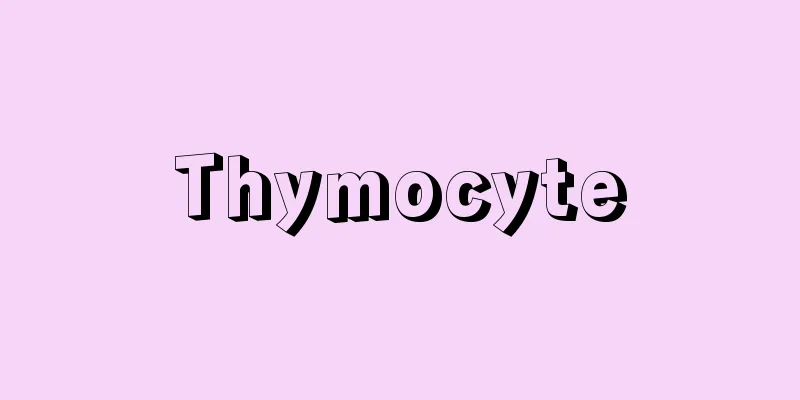Girls' high school - koutoujogakko

|
These were secondary educational institutions for girls before the Second World War, and their purpose was to give them a higher education to become housewives. Generally, girls' schools and their students were called "jogakusei." This also included practical girls' high schools. The government-run Tokyo Girls' School, which opened in 1872 (Meiji 5), marked the beginning of girls' secondary schools, but in 1882, the Girls' High School attached to Tokyo Women's Normal School (now Ochanomizu University) was founded, and from then on, girls' secondary schools came to be called "girls' high schools." Then, in 1899, the "Girls' High School Act" was enacted, making it mandatory for each prefecture to establish such schools, and they spread rapidly. The purpose of girls' high schools was to "provide necessary higher general education for girls who were in the middle school or higher society" (Article 1 of the same ordinance), and they provided girls with a focus on housework, sewing, and the arts, based on the principle of being a good wife and wise mother, with the main focus on cultivating chaste and gentle feminine virtues. The qualification for admission was completion of the second year of high school (age 12), and the basic length of study was four years, with an extension of one year allowed depending on local conditions. In 1910 (Meiji 43), it was approved to have a practical course that mainly taught subjects related to home economics, and thus practical girls' high schools were established. Although the purpose of girls' high schools was to provide higher general education, because they placed emphasis on life as a housewife, they did not have the character of an educational institution that led to high school or university, like boys' junior high schools, and the content of education remained at a lower level than junior high schools in subjects such as mathematics and English. After the war, under the School Education Law, many girls' high schools were reorganized into new high schools or girls' high schools. [Tsubura Kiyoji] "Education for the Good Wife and Wise Mother" by Masashi Fukaya (1981, Reimei Shobo) Source: Shogakukan Encyclopedia Nipponica About Encyclopedia Nipponica Information | Legend |
|
第二次世界大戦前の女子中等教育機関で、家庭の主婦としての高等普通教育を施すことを目的としていた。一般には、女学校、その生徒を女学生とよんでいた。実科高等女学校もこれに含まれる。1872年(明治5)に開設された官立の東京女学校が女子中等学校の端緒をなすが、その後、82年に東京女子師範学校(現お茶の水女子大学)附属高等女学校が創設され、以後、女子の中等学校は高等女学校の名称を用いることになる。そして、99年に「高等女学校令」が制定され、各府県にその設置を義務づけるに至り、急速に普及した。高等女学校は「中等以上ノ社会ニ於(お)ケル女子」を対象として「須要(すよう)ナル高等普通教育ヲ為(な)ス」(同令1条)ことを目的とし、貞淑温和な婦徳の涵養(かんよう)を中心内容とする良妻賢母主義に基づき、家事、裁縫、芸事中心の女子教育を施した。高等小学校2年修了(12歳)を入学資格として修業年限は4年を基本とし、土地の事情により1年の伸縮を認めた。1910年(明治43)に、主として家政に関する科目を修める実科を置くことを認め、ここに実科高等女学校が成立した。高等女学校は高等普通教育を施すことを目的としたが、家庭の主婦としての生活に力点を置いたため、男子中学校のようにその上の高校、大学へ続く教育機関としての性格をもたず、教育内容も数学、英語などの科目においては中学校よりも低い程度にとどまっていた。 戦後、学校教育法のもとで、高等女学校の多くは新制の高等学校あるいは女子高等学校に改編された。 [津布楽喜代治] 『深谷昌志著『良妻賢母主義の教育』(1981・黎明書房)』 出典 小学館 日本大百科全書(ニッポニカ)日本大百科全書(ニッポニカ)について 情報 | 凡例 |
<<: Catholic (General) Epistles
Recommend
Quincke, HI (English spelling) QuinckeHI
…Also called angioneurotic edema. It is a disease...
Geg
...In addition to Albania itself, there are a few...
Trautmann, R.
...In Poland, Aleksander Brückner (1856-1939), au...
Asadoya Yunta - Asadoya Yunta
A folk song from Taketomi, Taketomi-cho, Yaeyama-g...
House number - Kaokubango
...In the land registry, one registration form is...
Labor turnover
This refers to the movement of people who are the...
Zao Gongen
Also called Kongo-Zao Bosatsu. The head of Shugend...
Olcott, HS (English spelling) OlcottHS
…The term “theosophy” is always used to describe ...
Conjunctival sac (English spelling)
…the palpebral conjunctiva transitions into the e...
Music of Changes
...The use of a kind of chance in music has exist...
Mutsuura
An old name for the Kanazawa ward of Yokohama cit...
Wing horn - Ukaku
…A general term for birds in the Strigidae family...
Kanesutefuchi - Kanesutefuchi
… [Keiji Ueda] [The Legend of the Sunken Bell] Th...
Introduction, development, twist and conclusion
A term used in the construction of Chinese poetry...
quasi-stellar radio source
…They are also called quasars, quasi-stellar obje...






![Daigo [town] - Daigo](/upload/images/67cc163e30042.webp)


